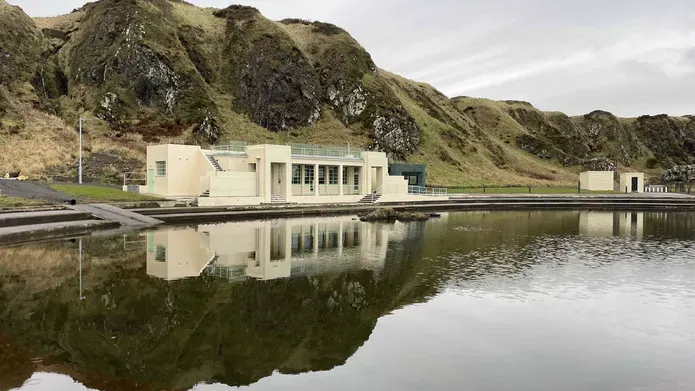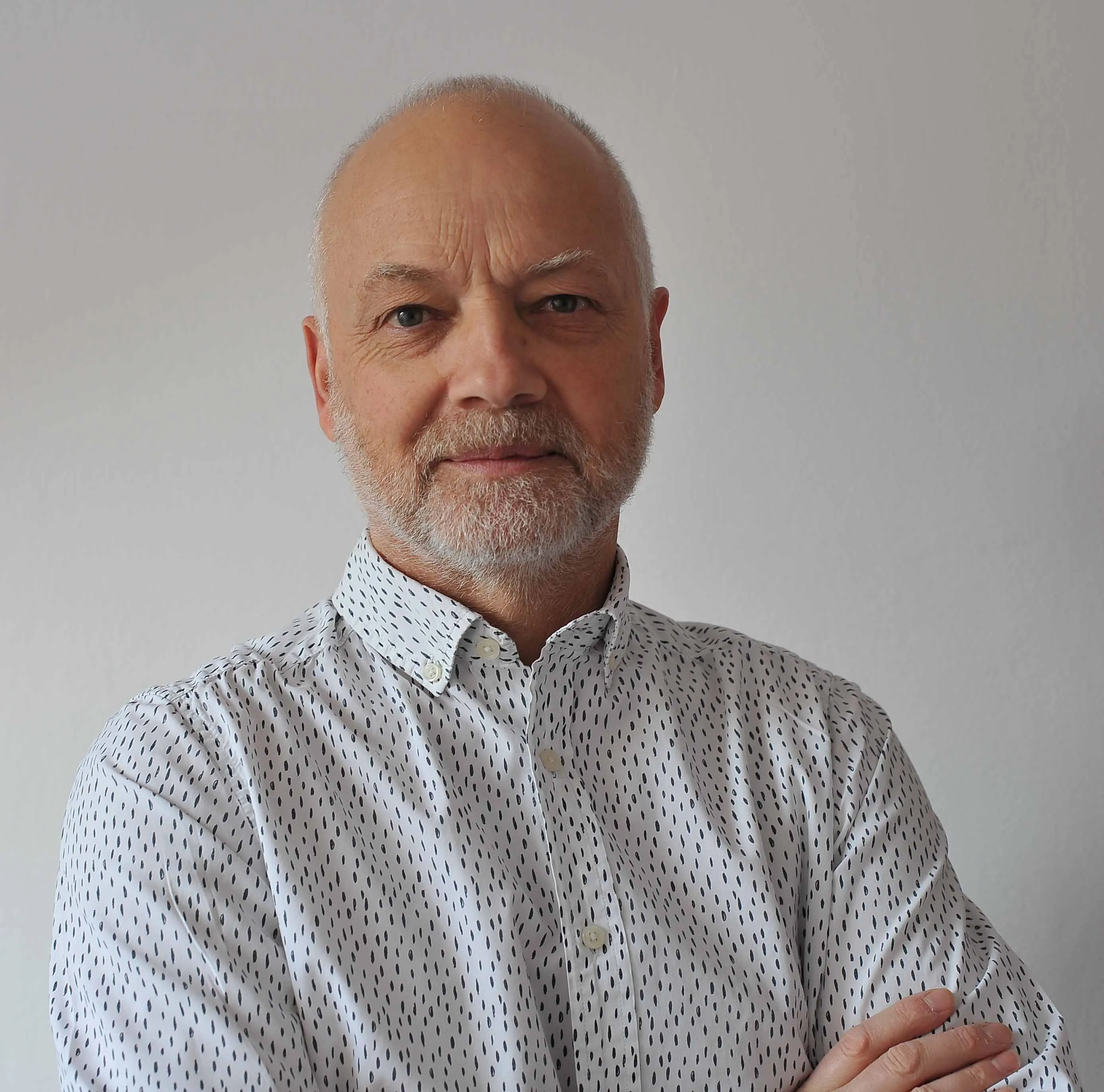Feature
Wicek Sosna: A life in architecture, rooted in Dundee
Wicek Sosna shares his journey from Dundee student to award-winning architect and garden design innovator
Published on 24 June 2025


Wicek Sosna’s journey in architecture began long before he walked through the doors of the University of Dundee. From a young age, he knew he wanted to be an architect. At just 13, he told his school careers adviser in Fife about his ambition, and began planning his academic path. But while his goal was clear, the path wasn’t always straight. “I wasn’t the best pupil,” he admits. “I was a bit unruly and didn’t apply myself - I was just too interested in too many things.”
"As a teenager, I developed a fascination with nature, spending weekends exploring the countryside with friends and a copy of Food for Free by Richard Mabey in my pocket. The coastal architecture of Fife and long road trips to visit family in Poland shaped my sensitivity to built environments and landscapes."
His parents were concerned about him choosing an artistic career, but Wincenty showed early promise. One of his portraits was exhibited in a Lower Largo gallery when he was just 11. In sixth form, he completed an O-level in Art in a year - earning an A - and began painting buildings from his own imagination. This blend of creativity and curiosity led him to apply to six universities - three for engineering and three for architecture.
He chose Dundee.
Shaped by Dundee
When he arrived in 1974, he was struck by the bold, modernist design of the architecture school. The double-height spaces and exposed concrete left a powerful impression. “As an 18-year-old,” he recalls, “I knew this was what I wanted to do - create fantastic buildings.
"On the first day, a lecturer asked, 'What is architecture?' - a question with no clear answer that lingered with me for years.
A field trip to Fettercairn sparked Wicek’s interest in traditional architecture, while a talk by a visiting architect opened his eyes to futuristic design and captured his imagination. But the real turning point came in his second year, when he discovered the books Towards a New Architecture by Le Corbusier and Architecture Without Architects by Bernard Rudofsky. “My work became more focused,” he said. “I developed more self-confidence and passed the next two years, achieving my BSc in Architecture.”
Crucially, Dundee’s architecture course offered a strong technical foundation.

Wicek Sosna
In 1977, during his year out, Wincenty worked at a medium-sized Glasgow firm on sheltered housing projects. He found he could contribute meaningfully through construction drawings. Yet, the creative spark was missing, and he returned to Dundee in 1978 feeling conflicted. Back at university though, he rediscovered his passion. The academic environment reinvigorated his creativity. His final thesis project earned one of the highest marks in the year and won the Dundee Prize for Civil Design. It struck a balance between emotional resonance and technical feasibility - echoing Le Corbusier’s view: “Architecture is a phenomenon of the emotions. Engineering is there to make things hold together.”
Wicek’s time at Dundee became more than just academic - it was transformational. “The subject became a passion,” he says. “A way of life, in fact, that shaped who I am.”
After graduation
After graduating, he continued his commitment to sustainable design, pursuing a Master’s degree in Glasgow in 1983–84. In 1996, he founded his own practice in London, focusing on transport infrastructure. One of his most significant projects, the Elizabeth Line, began in 1992 and culminated in the awarding of the Stirling Prize in 2024 - marking a remarkable 32-year involvement.
Alongside architecture, Wicek nurtured a lifelong love of plants. His interest deepened after acquiring his own garden, prompting him to study horticulture one day a week at the English Gardening School in Chelsea.
Eventually, his architectural and horticultural interests merged. He worked on green roof projects for London Underground, integrating plant life into functional urban structures.
Wicek ’s love of architecture and plants came together in SeeHow - a visual tool that helps users identify plants and make informed choices, all through images rather than jargon.
“As an architect, my brain works visually. That’s why SeeHow works - it’s based on images, and a picture really is worth a thousand words,” he explains.
From children to professional designers, SeeHow is intuitive and easy to use. What began as a personal project is now used across both architecture and horticulture.
Today, SeeHow continues to grow, offering tools that bridge the gap between the built and natural environments. Wicek ’s work reflects a lifelong curiosity and a belief in design’s potential to enhance both human and ecological well-being.
Wicek Sosna
Wicek today
Now based in Macduff, North Aberdeenshire, Wicek runs SeeHow Designs, continuing to innovate in design and sustainability. His career is a testament to how blending creative disciplines can leave a lasting impact on the world around us.
In recent years, Wicek also turned to writing, publishing his autobiography The Man with Three Names. Written over ten years following his father’s death, the book explores his teenage years and the lasting effects of growing up with a parent suffering from PTSD. It became a way to process trauma and understand his personal history.
Wicek Sosna’s journey from teenager in Fife to award-winning architect and garden design innovator is one of lifelong curiosity, resilience, and creative evolution. And it all began with a dream - and a decision - to study architecture at the University of Dundee.
Want to find out what your classmates have been up to since your uni days? Or share some of the updates from your life with those who might know you? Head over to our alumni updates pages!